Useful Tips for Visiting the Gorgeous Antequera, Spain (2024)
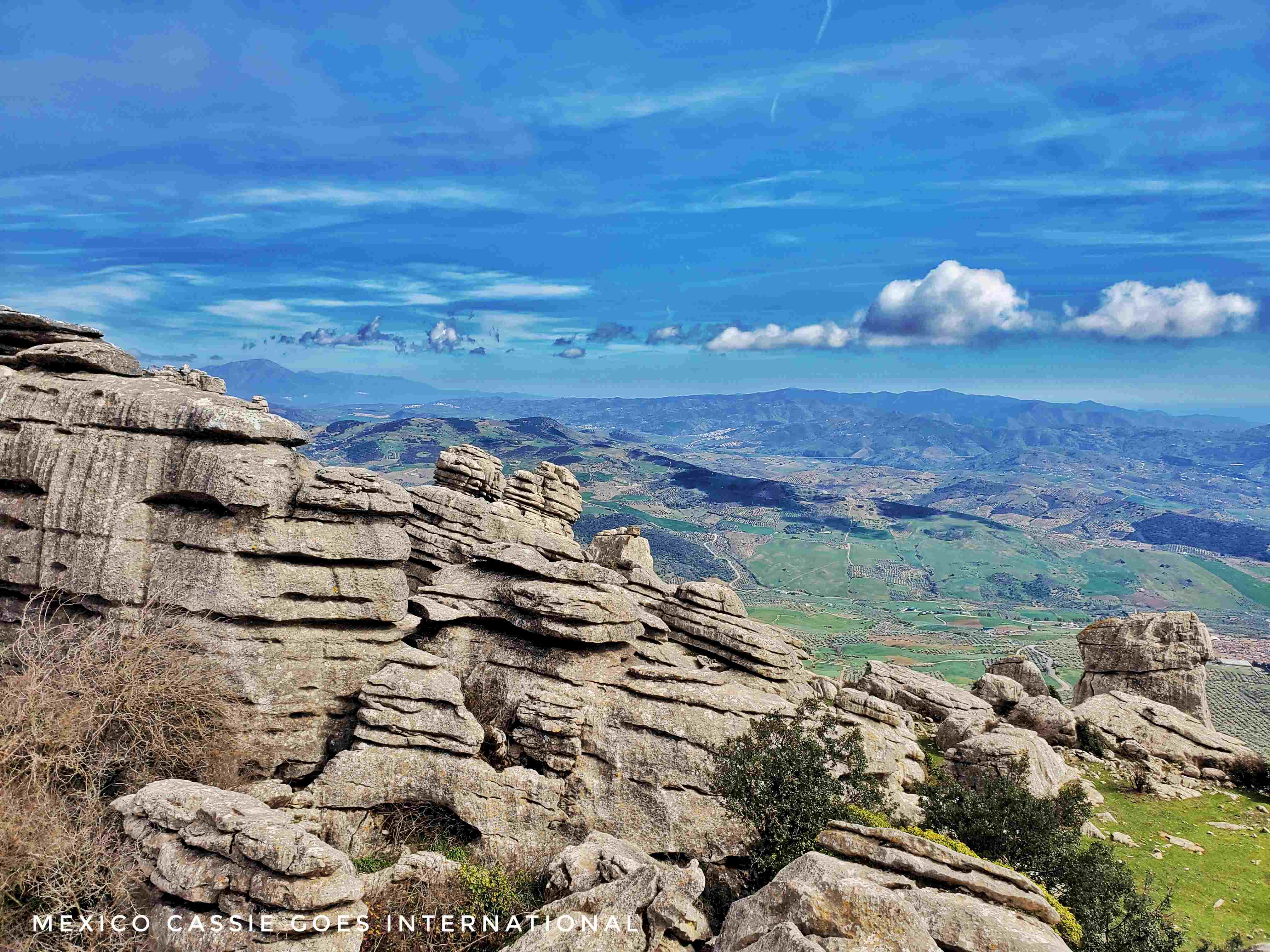
Exploring Andalucia is one of my favourite activities and since moving to Southern Spain in 2022 I’ve visited Antequera four times. The natural beauty of this part of central Andalucia has utterly captured my heart and I hope that when you’ve finished reading this article you’ll be as excited by Antequera and the surrounding area as I am.
I can’t wait to share all the amazing things there are to do in Antequera, Spain with you.

There are affiliate links in this article. If you click and make a purchase I could make a small sum at zero cost to you. Thank you!
Where is Antequera?
Antequera, Spain is pretty much in the centre of the autonomous region of Andalucia – in fact, it’s often referred to as El Corazón de Andalucia (the heart of Andalucia) because of its location.
⭐️ If visiting Antequera is part of your plan for visiting Andalucía, you may be wondering if you should begin your trip in Malaga or Seville, actually, it’s an easy day trip from both.
This central location means that Antequera is a great option for a day trip from Sevilla, Malaga, Mijas Pueblo, the Costa del Sol, Cordoba, or Granada. If you have the time, however, I highly recommend spending at least one night because there’s far more to see and do here than you might imagine. If you’re taking a road trip around Andalucia, do yourself a favour and include Antequera.
➡️ It’s actually not very difficult to get to Antequera from Madrid – take a train from Atocha to Malaga and swap onto a local train to Antequera. Boom.
⭐️⭐️⭐️⭐️⭐️
✔️ Central Location
✔️ Extremely friendly staff
✔️ Comfortable beds and good showers
Antequera, despite its proximity to so many of Andalucia’s popular tourist destinations, just doesn’t get the visitors it deserves. While it’s a shame that so few people get to know Antequera, it does mean that anyone intrepid enough to make their way to Antequera will have a nicely peaceful time exploring the city and its environs.
🚗 Sevilla – Antequera 160 km
🚗 Malaga – Antequera 55 km
🚗 Cordoba – Antequera 125 km
🚗 Granada – Antequera 95 km
🚗 Ronda – Antequera 90 km
Why Do People Visit Antequera, Spain?
People visit Antequera because either they’ve heard of the dolmens of Antequera or because they’re interested in exploring the Torcal de Antequera, a gorgeous national park just outside town. People don’t tend to visit just for the small city of Antequera. However, I absolutely think that the city is well worth your time too.
⭐️ For my family, Antequera is one of the top places in Andalucía to visit with kids.
If you love Antequera, I think you’ll also love the Monfragüe National Park in Extremadura, Spain.
History of Antequera, Spain
📌 Antequera has a history that stretches back at least five thousand years. The earliest known inhabitants of this region were the Neolithic and Bronze Age Tartessos and Turdetani people. (Did you know that Gibraltar was thought to have been home to Neanderthals for longer than anywhere else in Europe?)
📌 The name Antequera comes from the Iberian name Antikaria, which means “opposite the enormous lime rock”. The name continued with the Romans who called the city, Anticaria. The Romans are believed to have designed the current street plan of the city.
📌 When the Roman Empire fell, Antequera came under the control of the Vandals and the Visigoths as did other cities around Spain such as Mérida and Segovia. (If you’re a fan of Roman ruins then you should also visit Baelo Claudia near Tarifa as it’s one of the best preserved Roman towns in all of Spain)
📌 In 716 the Moorish Umayyad Empire conquered Antequera as part of their campaign to dominate the Iberian Peninsula.
📌 In 1410, Moorish Antequera fell to Prince Ferdinand from Castille and the city became part of the kingdom of Seville. Ferdinand was actually known as Ferdinand de Antequera after this event.
📌 More recently, Antequera played an important role in the rise of Andalucian nationalism. It was the location for the drafting of the Federal Constitution of Antequera in 1883 and the Pact of Antequera in 1978, which led to the achievement of Andalucian autonomy. It was actually considered as a possible Andalus capital but Seville was eventually chosen for this honour.
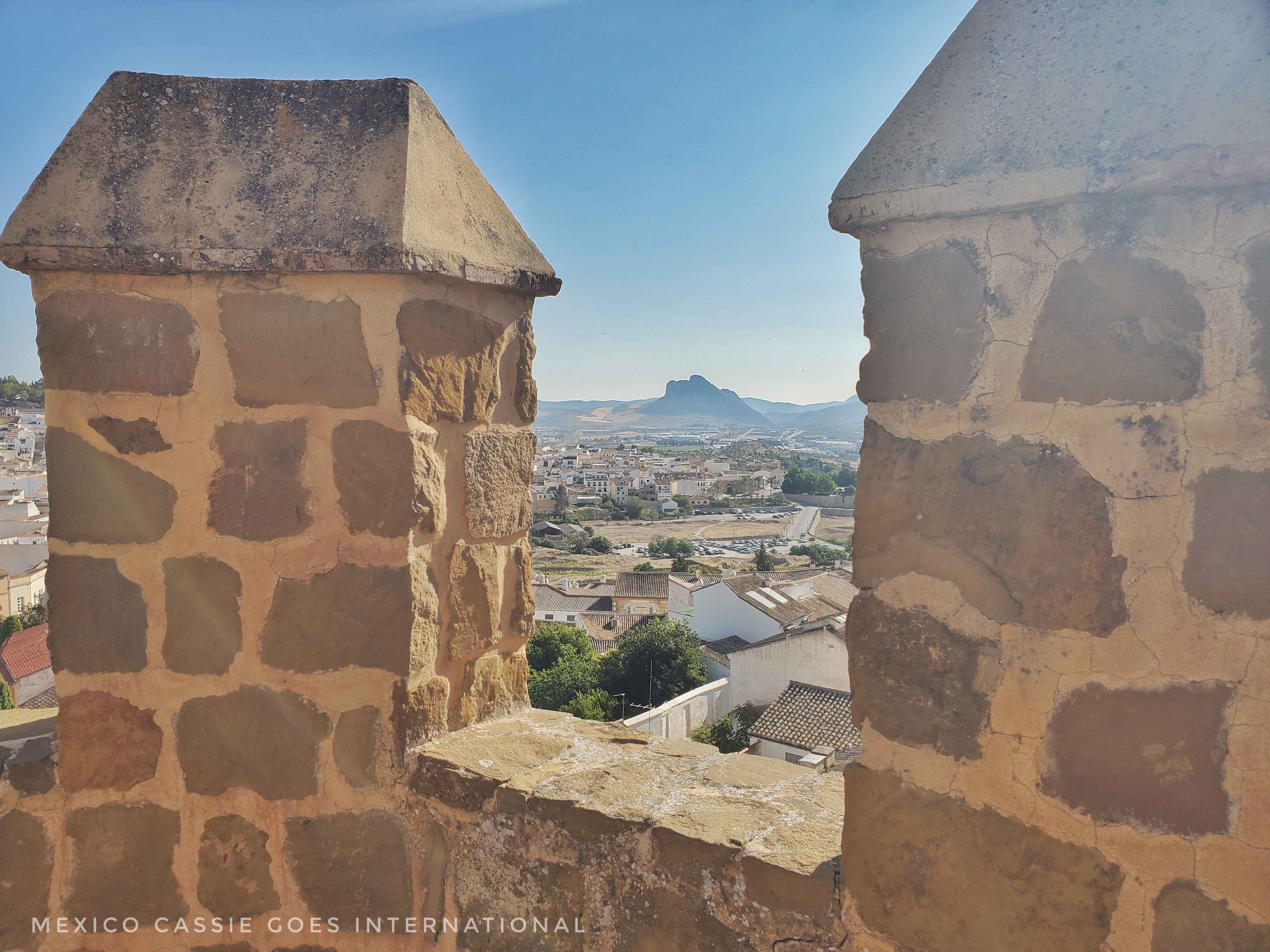
What to do in Antequera
The biggest draws (in my opinion) are the activities around Antequera so we’ll begin with these and then move on to what there is to see and do in the city itself.
What to do in Antequera – Activities Outside the City
Visit the Bronze Age Dolmens of Antequera – Menga, Viera, El Romeral
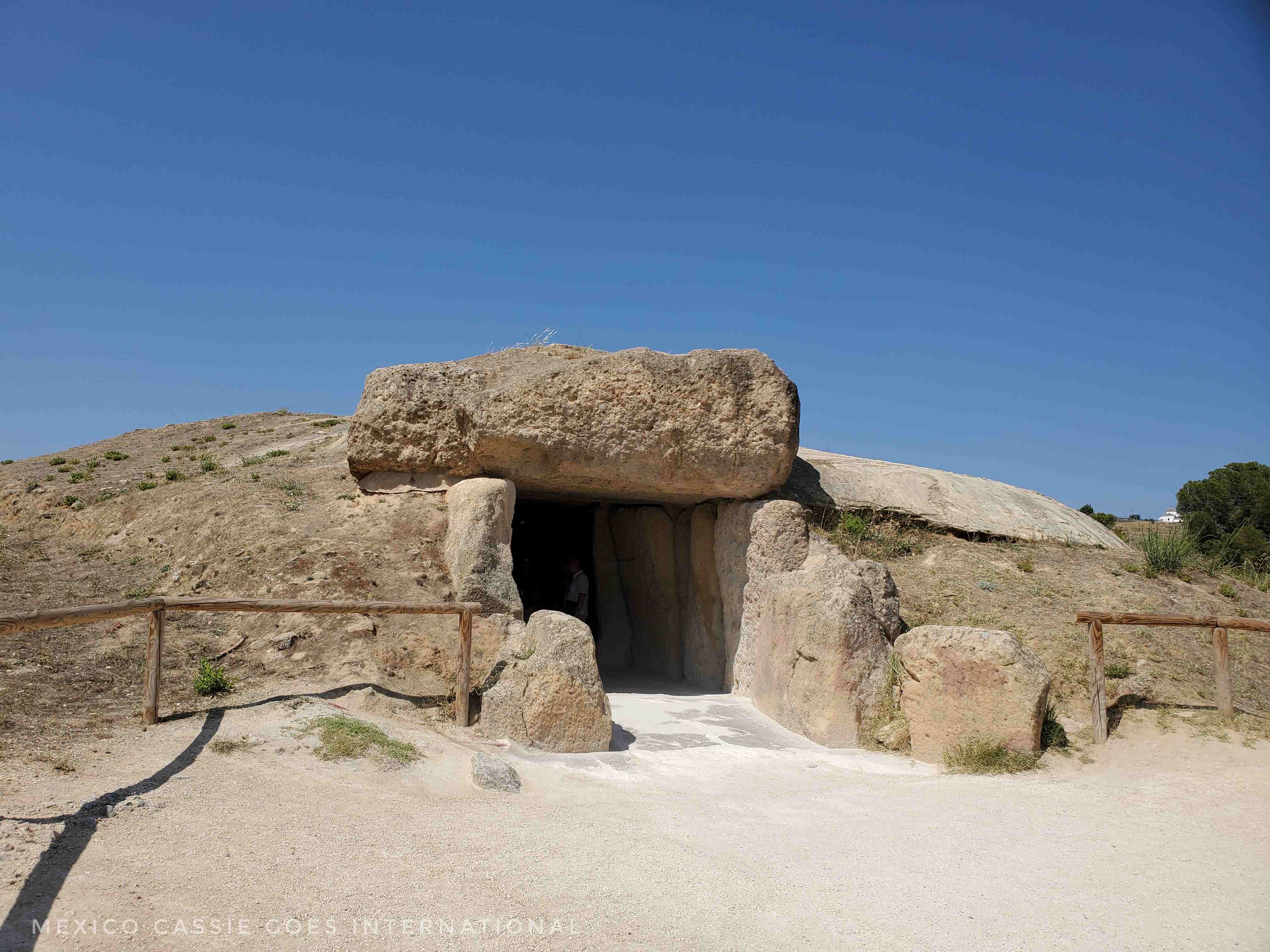
⭐️ There are a myriad of excellent reasons to visit Spain, keep reading to learn more about this magnificent country and its historical sites⭐️
🪨 A dolmen is a neolithic tomb generally made of enormous megalithic slabs (large stone blocks or menhirs). These particular dolmens in Southern Spain were covered with rock and grass. The work that went into creating these tombs is quite astounding given the technology available to the people who created them 5000 years ago.
🪨 The dolmens of Antequera were some of the first ceremonial monuments built in Western Europe.
🪨 The Antequera dolmens have been named as a UNESCO World Heritage Site as well as one of the top attractions of the region.
🪨 There are three dolmens of Antequera: Menga, Viera and (El Tholos de) El Romeral. Menga is considered to be one of the most important pieces of megalithic architecture remaining in Europe.
🪨 Also considered part of the Dolmens of Antequera are la Peña de los Enamorados and El Torcal. In English, la Peña de los Enamorados is “Lover’s Rock”. This is a natural structure that resembles a prone face. El Torcal is a mountain range. They are linked to the dolmens because they were built specifically within relation to these natural monuments. We were told that these dolmens are some of the first burial grounds in Europe to have been built specifically in response to sacred mountains.
🪨The Menga dolmen faces directly towards the peña while El Romeral faces directly towards the Cueva del Toro in the Torcal. On 21 June, at the summer solstace, the sun rises over the peak of the peña, and shines directly into the Menga dolmen. Viera follows more typical Mediterranean dolmen ‘rules’ and was built along celestial lines facing dawn on the equinox.
There are also visitable dolmens in Huelva Province if you’re a dolmen geek, like me.
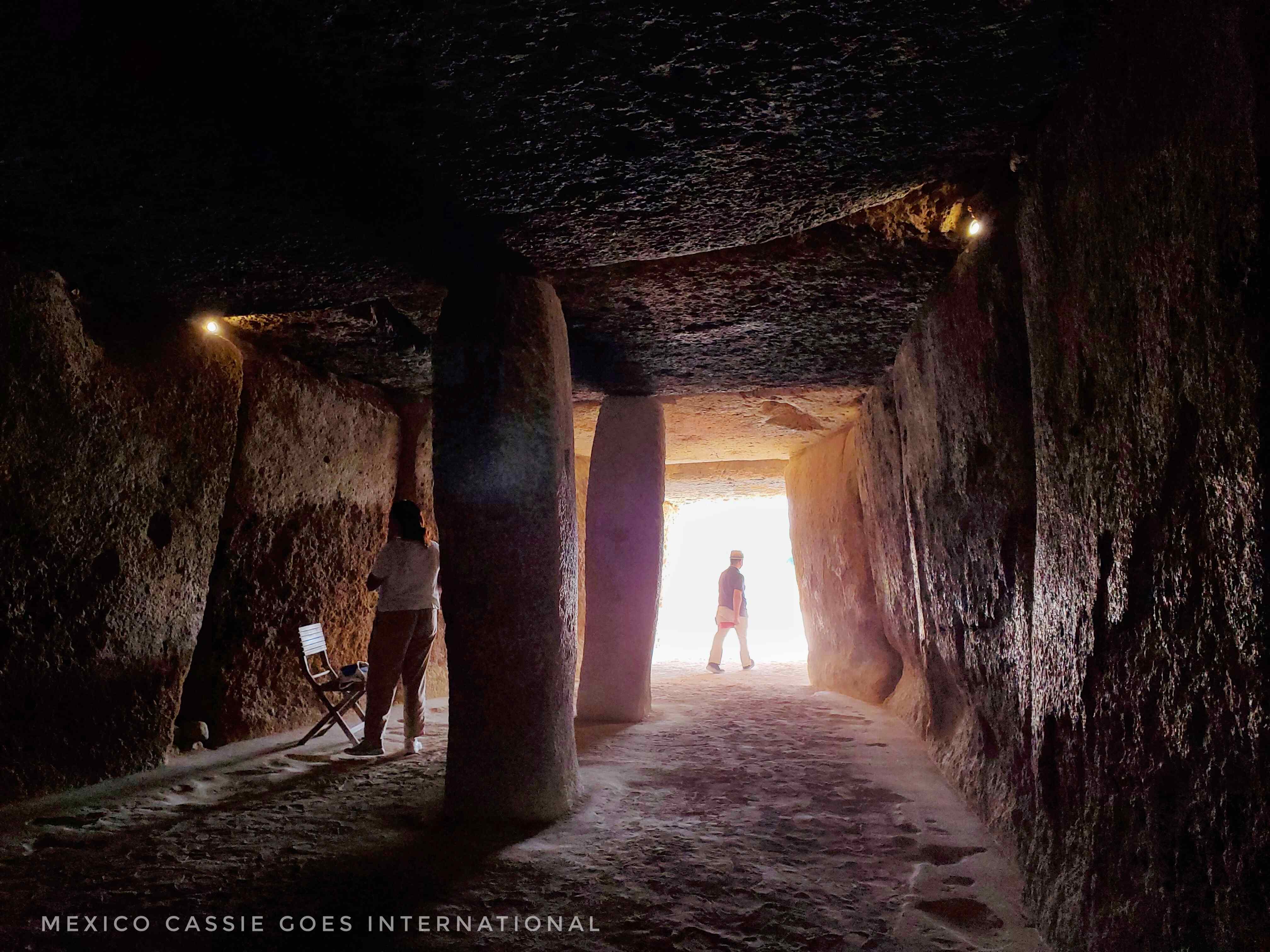
How to Visit the Dolmens
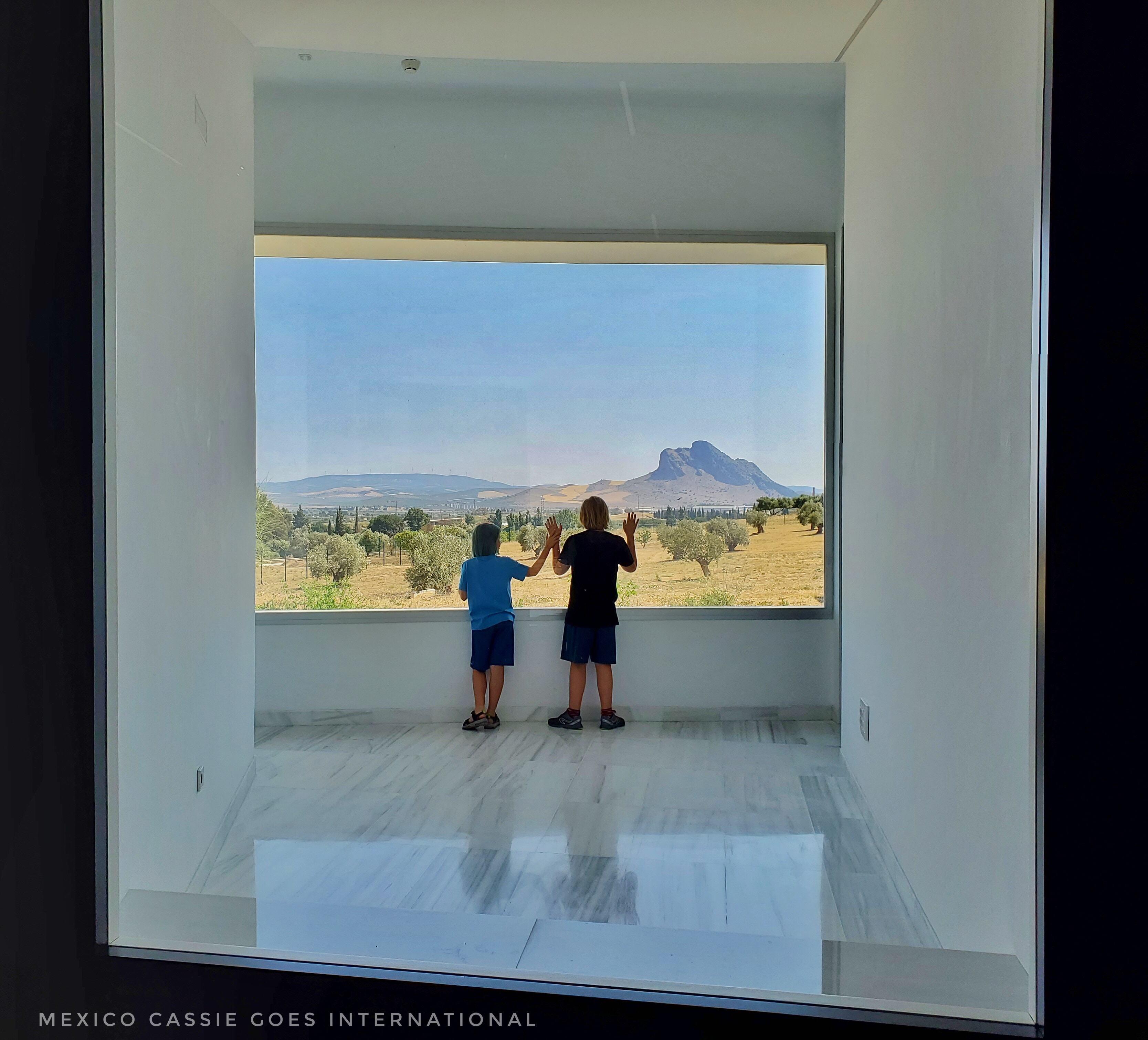
🪨 Menga and Viera are located on the same site along with an excellent visitors’ centre. I highly recommend starting here and watching the short explanatory video as you’ll come away with a far better understanding of how and why the dolmens were built as well as a new-found respect for the ancient architects and builders are these neolithic tombs.
🪨 After the visitors’ centre you can walk around the two dolmens and even go inside them both. Be sure to note the view out over the peña de los enamorados from the Menga dolmen. This site is actually walkable from town.
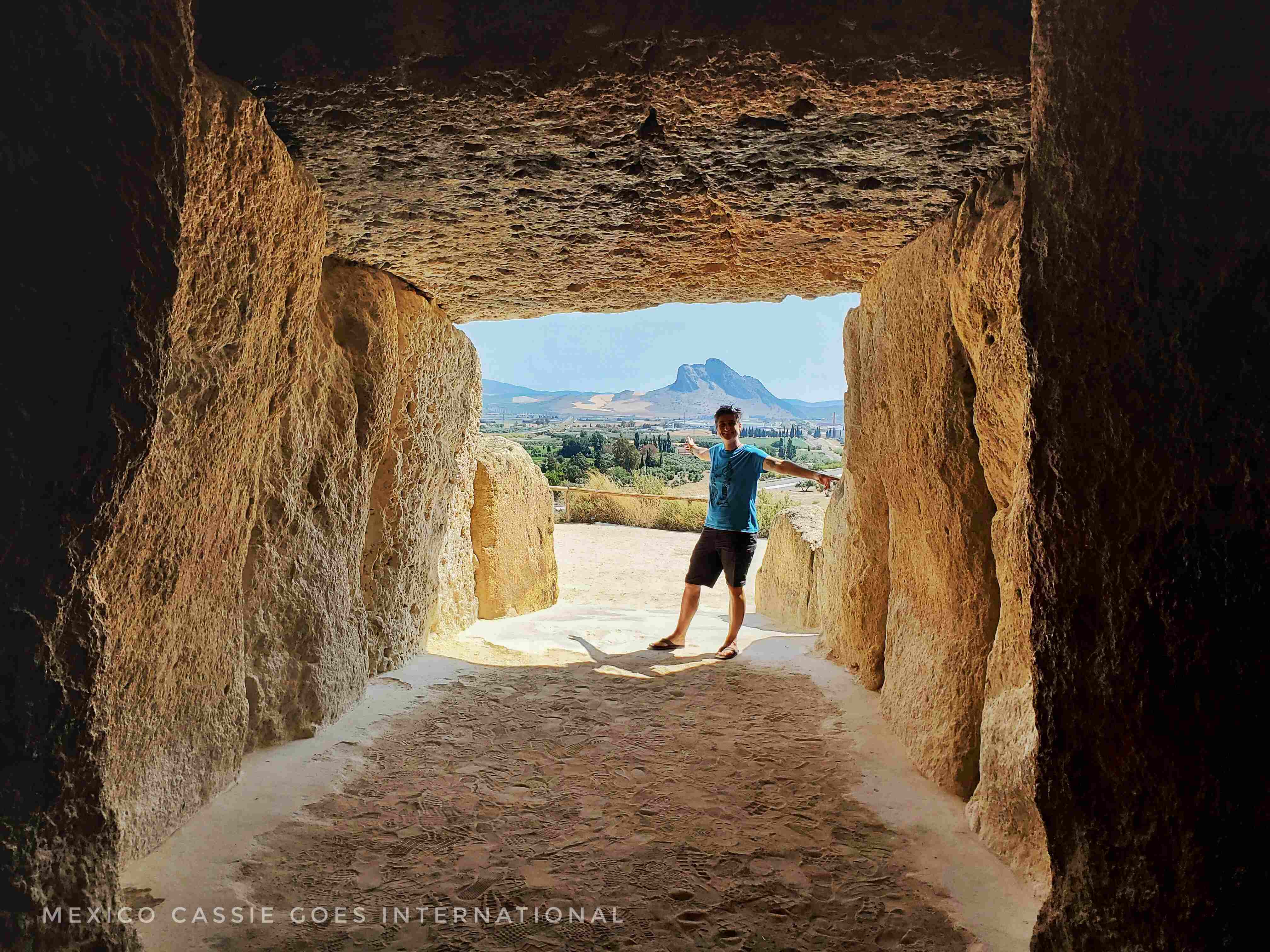
🪨 El Romeral is a few kilometres away. We had to wait in a short line to enter the tomb here as only five people are permitted inside at one time. El Romeral is thought to be between 500 – 1000 years younger than Menga and Viera and it has a conical-shaped roof.
Entry: Free
Opening: Closed Mondays
Walk in the Paraje Natural de Torcal de Antequera

⛰ This fairly small and compact mountainous region is one of the most incredible karst landforms in Europe and one of my most favourite places to walk. Here, you can see and explore fascinating limestone rock formations that were part of the ocean floor some 150 million years ago.
⛰ The Sierra del Torcal is a small mountain range that separates Malaga and Antequera that today reaches heights of 1200m.
⛰ Karst, by the way, refers to rocks such as limestone that have been eroded by dissolution to leave interesting formations.
⛰ There is a viewpoint (mirador) on the way up to the visitors’ centre where it is well worth stopping to enjoy the view.
⛰ There is no public transport up to the visitors’ centre of El Torcal so you’ll need to come with a car or find a tour or a taxi in Antequera.
Insider Knowledge: If you arrive and the road is closed to the visitors’ centre, it just means the carpark up there is full. Do not panic. You can park in the overflow carpark and take a bus up. It costs about €1 per person to ride the bus.
⛰ Once you get up to the car park and visitors’ centre, head inside to figure out which route you want to walk. There are colour-marked routes paths- green, yellow, orange, as well as routes only possible with guides. I’ve taken the yellow trail twice and found it to be very pleasant. I’ll definitely be returning to take the more difficult trails.
⛰When we go we tend to take a picnic and expect to spend three-four hours exploring, climbing and walking.

⛰ If you don’t want to walk too much there is a good mirador to the left and even around the visitors’ centre you get a great idea of just how incredibly beautiful and weird these rocks are.
⛰ The weather in the mountains can be unpredictable so always wear suitable clothing and footwear.
⛰ There are ibex (mountain goats) in the park – you’re quite likely to see them – as well as falcons, snakes and more.
⛰ Facilities: There are toilets and a cafe at the visitors’ centre. The car park is free and the visitors’ centre staff are very knowledgable.
Visit the Wolf Sanctuary – Lobo Park
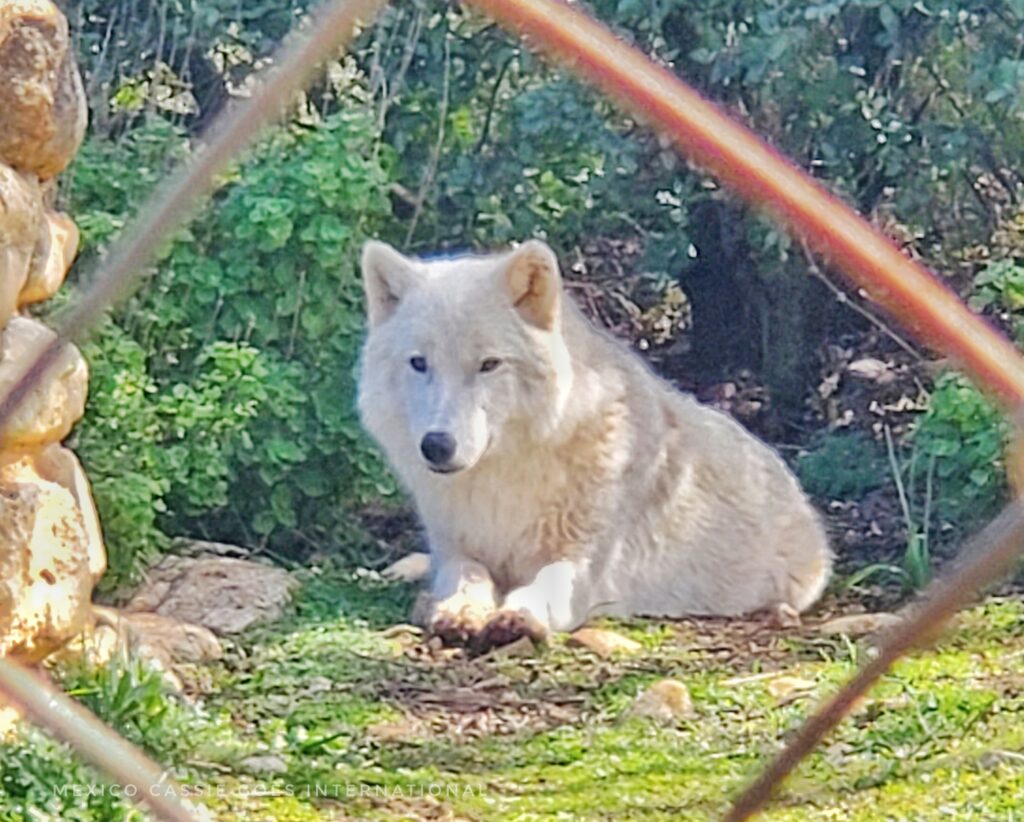
We took our kids to Lobo Park as a birthday treat.
🐺 The park is visited on guided walks (which to be honest, my kids found disappointing as they wanted to explore alone). The guides are very informative and the wolves are well cared for.
🐺 Tours are available in English and Spanish. We learned a lot on the tour and liked the guide’s style very much.
If you’re interested in animal sanctuaries, we really enjoyed the sanctuary just outside Zuheros in Cordoba.
Fuente de Piedra
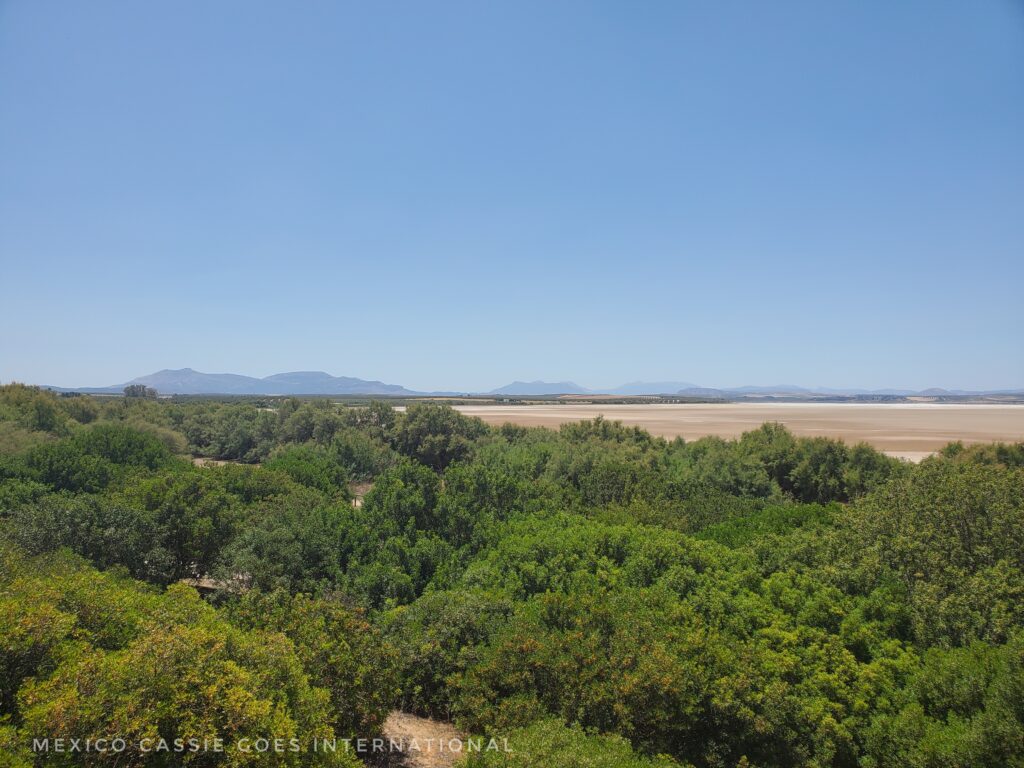
🦩 Fuente de Piedra is the name of both a small town and the nearby large lake. Both are situated between Antequera and Seville. It’s well known for the flamingos that live there between Jan – August each year.
🦩 Fuente de Piedra is home to the biggest colony of pink flamingos on the Iberian Peninsula and the second biggest in Europe.
🦩 This rain-fed lake is the biggest in Andalucia but when we went to check it out in July it was almost entirely dry. We could see water waaaaay in the distance and we saw a few flamingos but nothing close to the visitors’ centre. Having lived in Mérida, Mexico for so many years we know the flamingo call very well so we know we were hearing flamingos but we could only see them far off. I’ve already put a note on my phone to return in February (I did. We were closer to the flamingos but still not super close).
Fuente de los 100 Caños
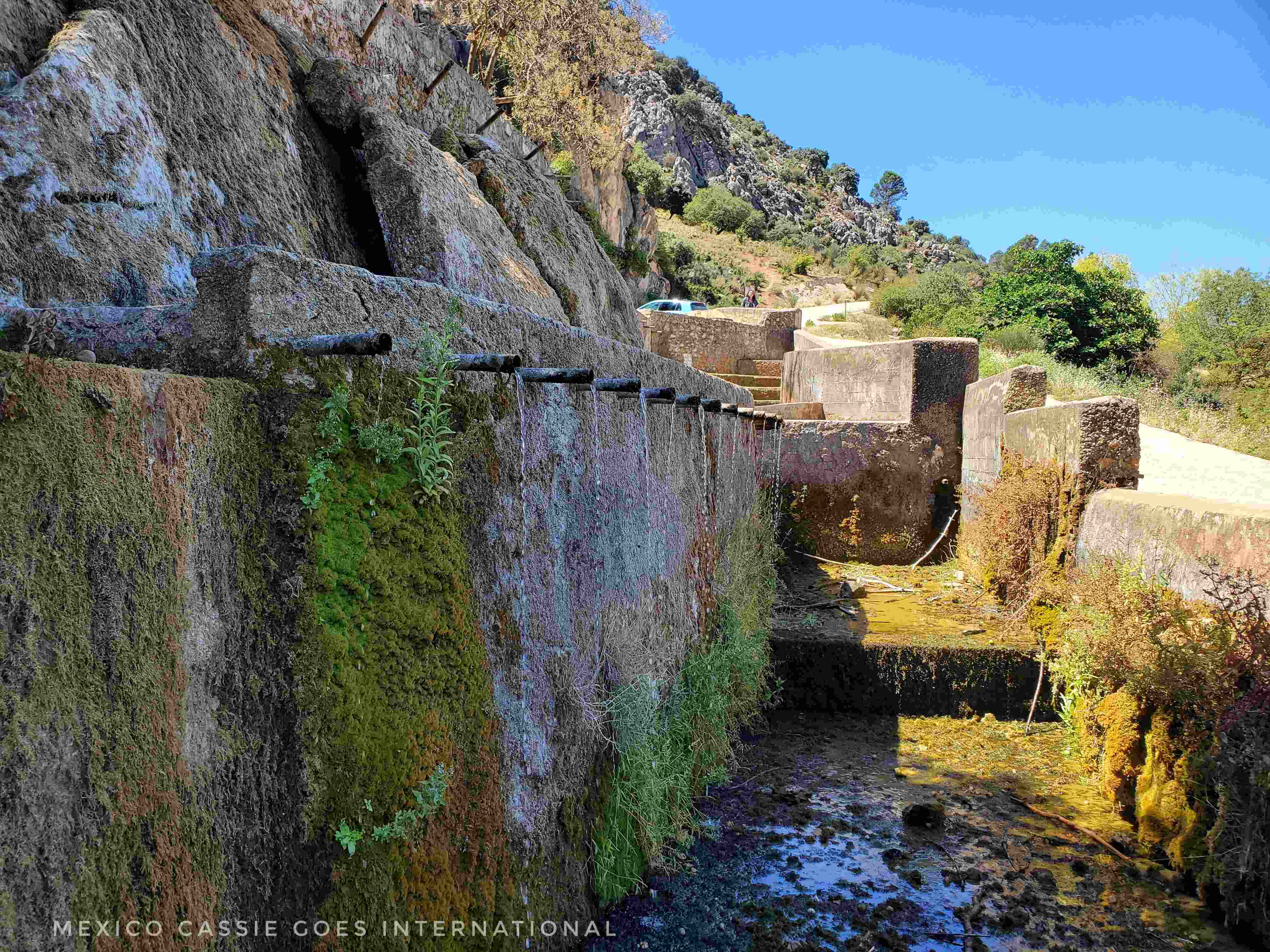
💦 Fuente de 100 Caños is located in the hills above the small town of Villanueva del Trabuco. It is the source of the river Guadalhorce. Here you’ll see water rushing out of 101 (despite the name of 100) small pipes and into the river.
💦 There are a number of well-marked hiking routes that start here. Had we had the time, I would have loved to have taken a walk but we came, saw and left.
💦 The mirador here has many picnic benches as locals like to come up here to relax and enjoy the views.
💦 If you have the time and the inclination, this spot is perfectly nice although I’d recommend it only really for winter as when we visited in July there was almost no water.
🧗🏼♂️ The famous Caminito del Rey is only forty minutes from Antequera, too.
What to do in Antequera – Activities In the City
Explore Antequera’s Alcazaba (Citadel)
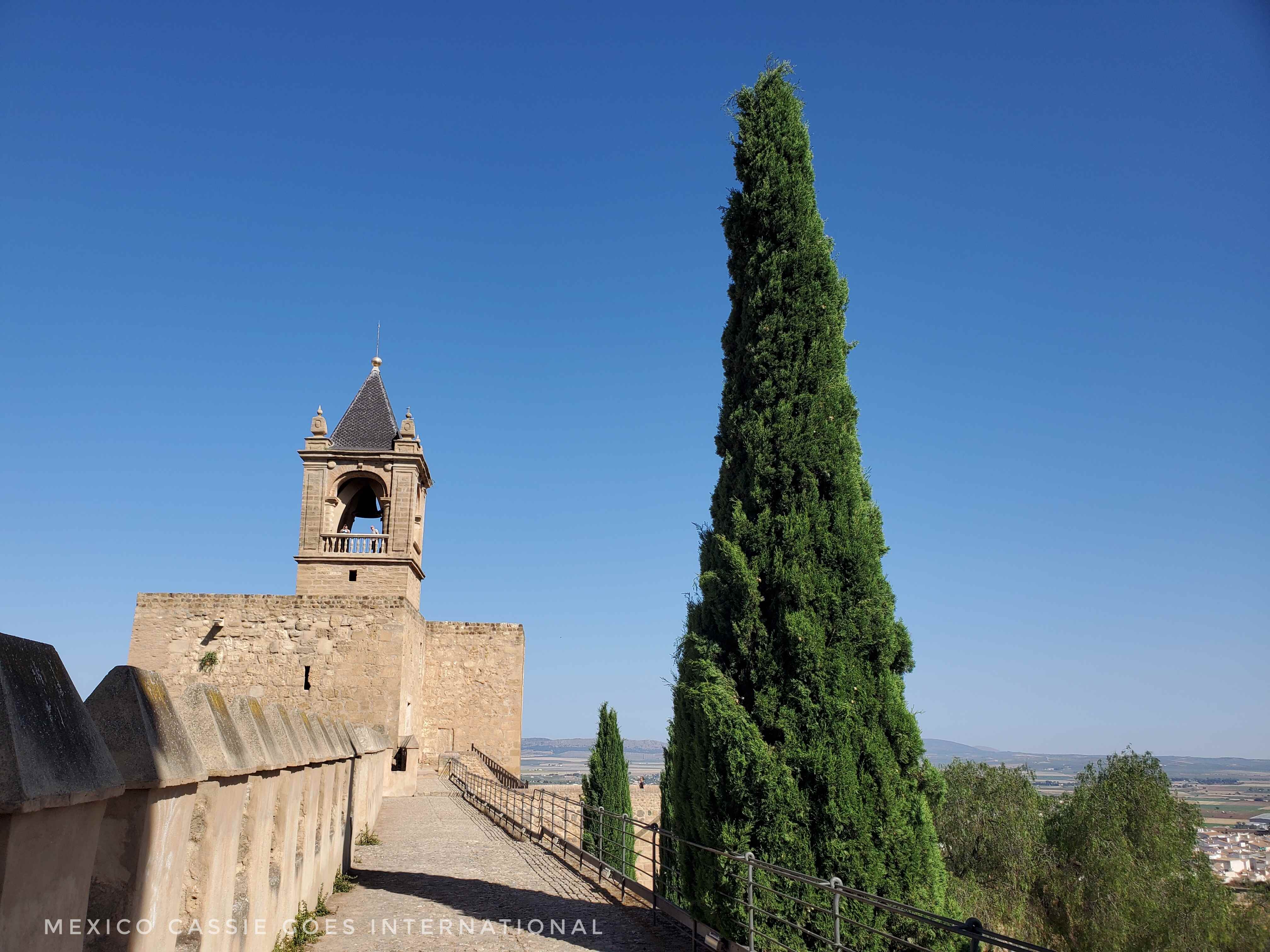
🏰 By far the most famous site in the city of Antequera is the old Muslim Alcazaba which sits on a hilltop overlooking the city. It was built between the eleventh and fourteenth centuries. In the eleventh century, Antequera was a minor caliphate but by the fourteenth century, proper fortifications were required to fight off the advancing Catholic Spanish invaders and to protect the Muslim population of Antequera.
🏰 The Alcazaba of Antequera is known to have been built over Roman and Visigoth ruins.
🏰The ticket office for the Alcazaba is just through the Arco de los Gigantes (Arch of the Giants), the enormous arch that signified the entrance to the Arab medina.
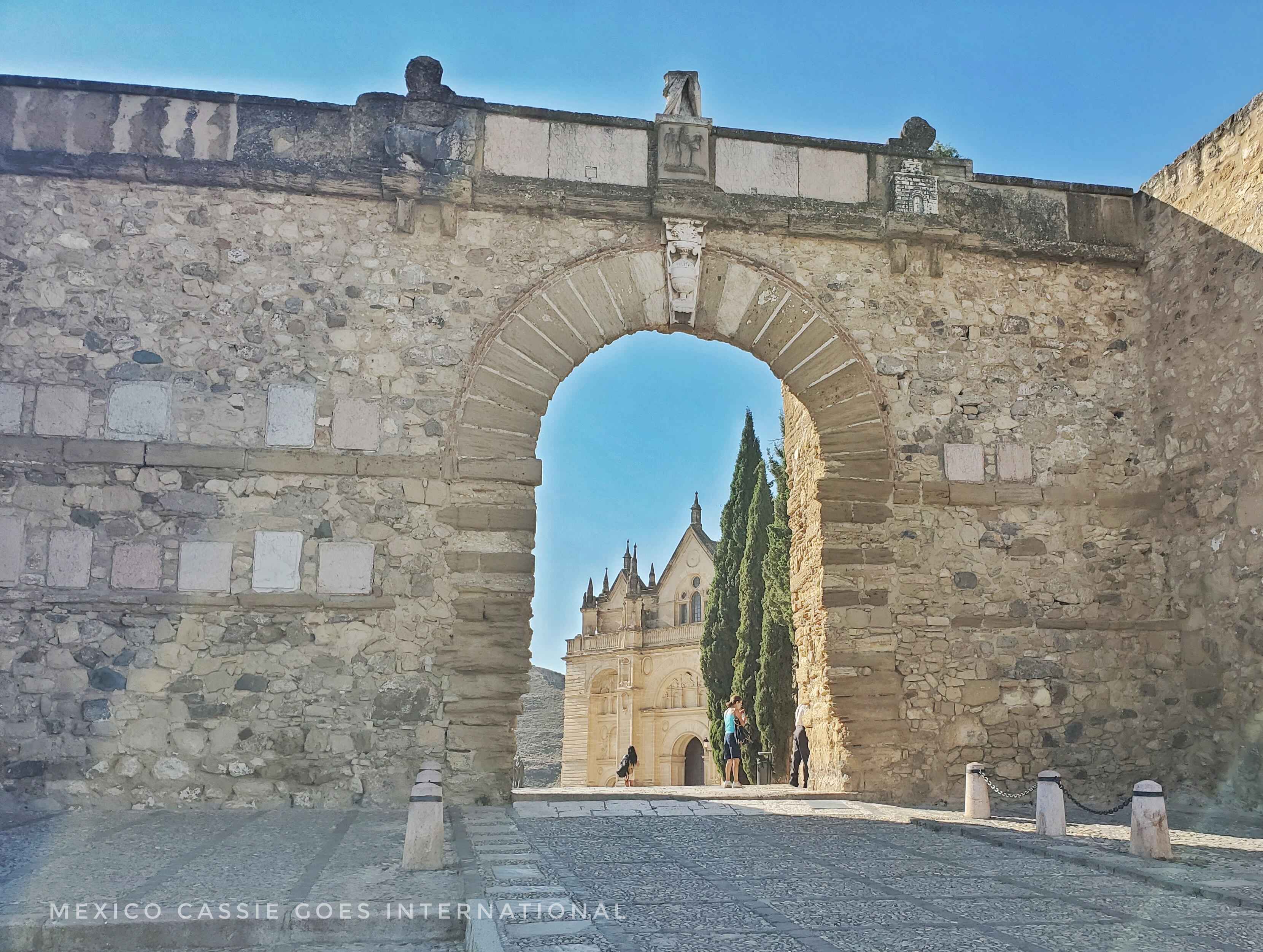
🏰 The views from the Alcazaba are quite magnificent, especially from up in the Bell Tower.
🏰 There is a tour commentary that’s accessed via your mobile phone: I admit to not listening to all of it but it’s an interesting mix of historical facts and re-enactments of life in the Alcazaba. I believe that if you don’t have a phone there are handheld guides they can loan you.
🏰 As part of the tour you will also see some Roman ruins: there is a Roman tomb dating from the first century CE at the back of the complex and there are large Roman Baths just outside the Alcazaba. The baths were only discovered in the late 20th century. There was also a Roman villa nearby; some of the artifacts from here can be seen in the city museum.
Visit the Collegiate Church of Santa Maria
⛪️ Next door to the Alcazaba is the Collegiate Church. You can visit this on a joint ticket with the Alcazaba. Personally, I thought the exterior was more interesting than the interior as really there’s nothing at all to see inside the church.
Visit the Museo de la Ciudad de Antequera (Antequera Museum)
📌 This small four-storey museum is worth an hour of your time. We particularly enjoyed the ground-floor exhibits that explained the city’s ancient and Roman history. As you climb the museum floors, it turns into an art gallery for local artists, which is also interesting to see.
Walk Around the City
🗺 One of the joys of Antequera is walking around the ancient city, admiring the buildings and plazas. There are apparently more than thirty churches in Antequera, this is more per head than anywhere else in Spain.
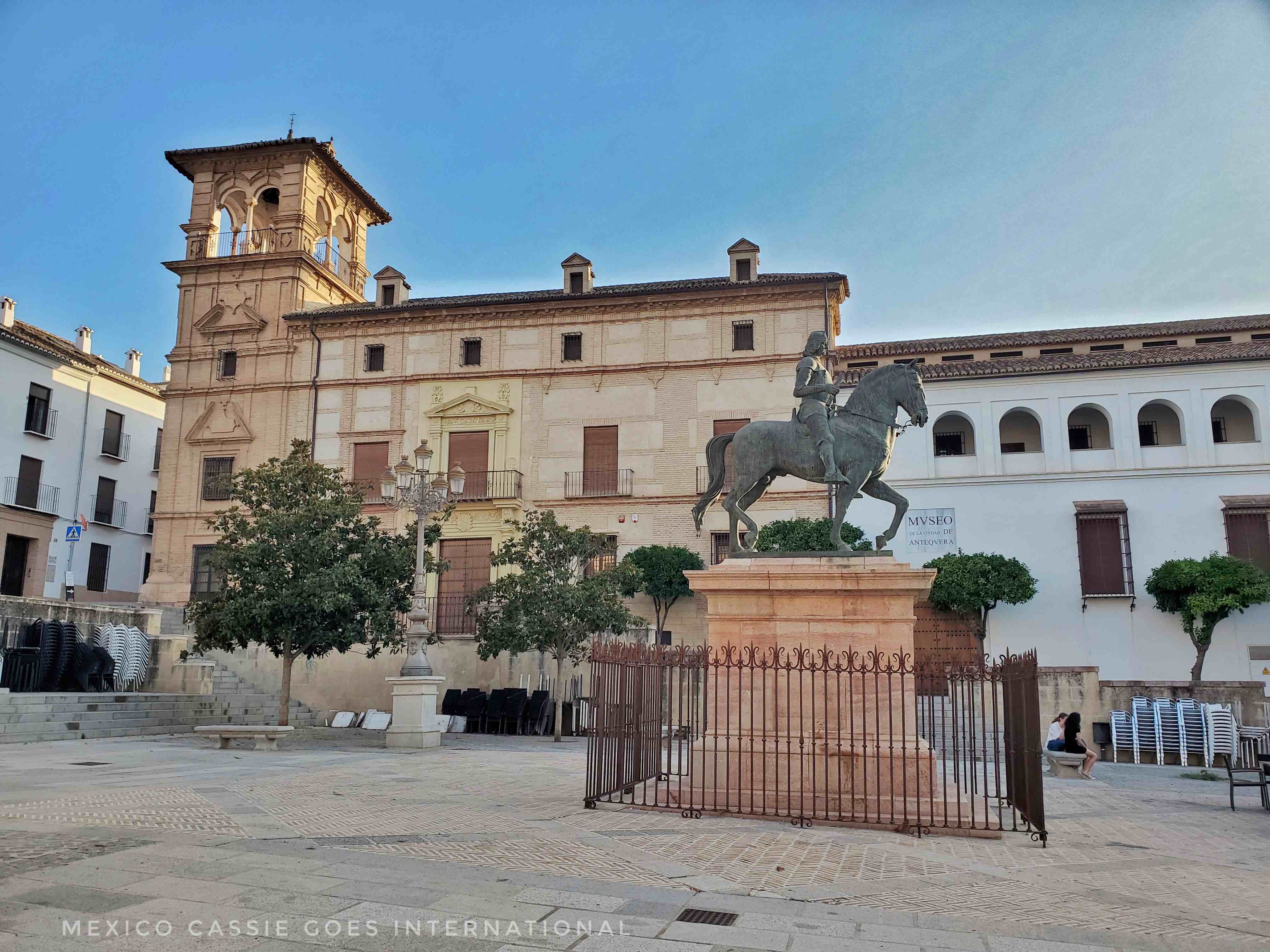
Plaza Coso Viejo
This is the central plaza of Antequera. Here you’ll find the museum, good restaurants and nice views up to the Alcazaba.
Plaza de San Sebastian
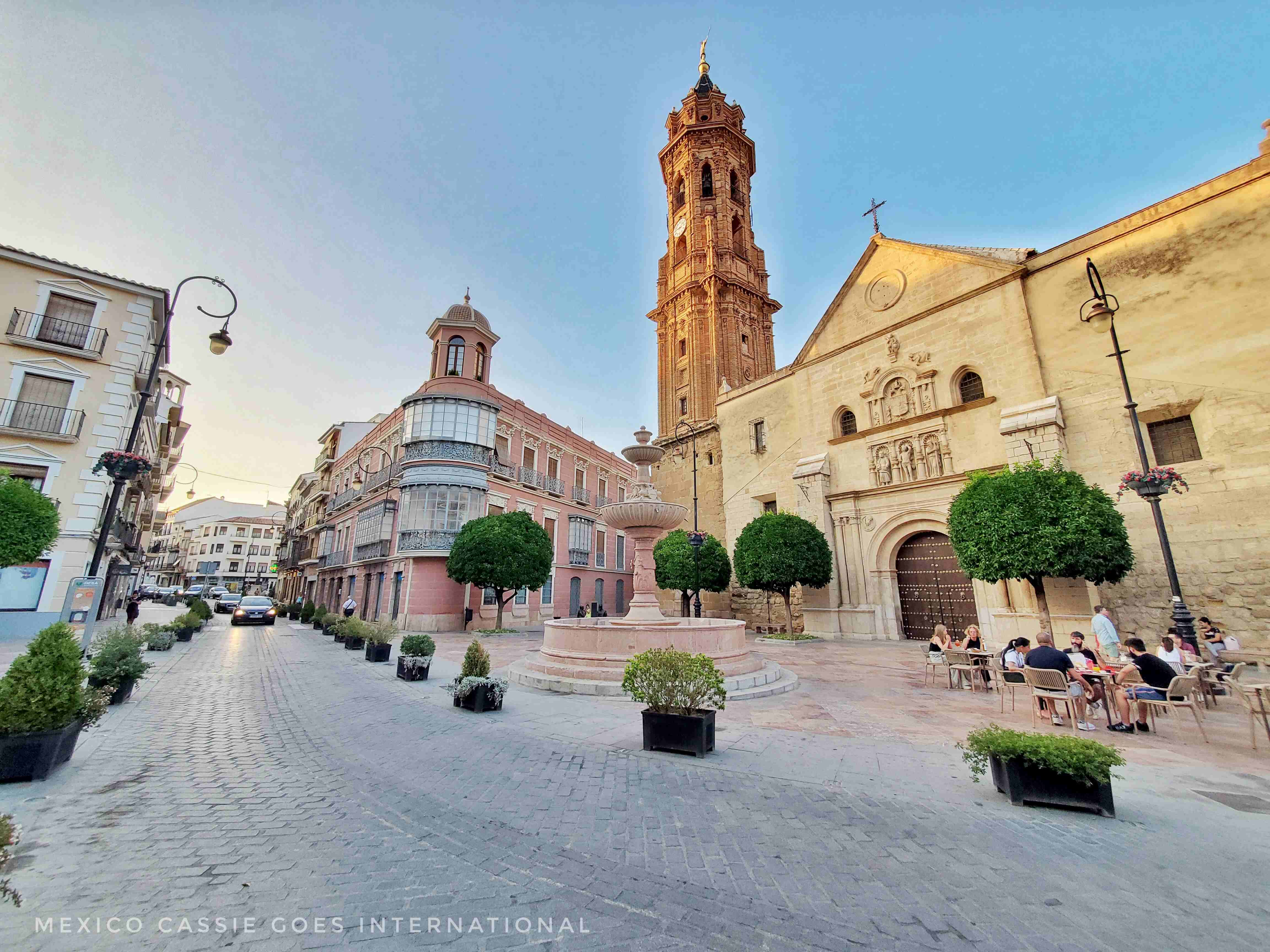
This small plaza down the road from Plaza Coso Viejo is home to the stunning Parroquia (Church) San Sebastián and its gorgeous eighteenth-century bell tower. Look out for the Arte Sin Tiempo sculpture here too.
Plaza Portichuelo

Plaza Portichuelo requires a short walk up some fairly steep roads but it is a great spot for tapas in Antequera. The plaza is dominated by the seventeenth-century Iglesia de Santa Maria de Jesus and an eighteenth-century chapel, under the arches of which Bar Socorrilla has several tables. Head up here at dusk or in the evening for wonderful views.
Puerta de Estepa and Bull Ring
I don’t agree with bullfighting but whenever you visit a Spanish town it’s hard to ignore the fact that there is a bullring.
Jardines del Corazón de Maria
Alongside the bull ring is a small park that is a pleasant spot on a summer’s evening.
Jardines del Corazón del Jesus
There is a gate to this park opposite the Jardines del Corazón de Maria and a second around the other side opposite the Parador. The park has a big statue of Jesus and a bar that I didn’t check out.
Parque de la Negrita
There is a great playground in this park on the far side of the Puerta de Estepa.
Mercado on Plaza San Francisco
This covered market is a good place to get snacks.
Marvel at La Peña de los Enamorados (Lovers’ Rock)
You won’t be able to stop taking photos of this incredible rock. It’s visible from much of Antequera and it will demand your attention as you explore.

Eat and Drink in Antequera
Everything we ate in Antequera was fabulous and there were many more restaurants we really wanted to try but didn’t have time for. The three specialties of Antequera are porra, a type of local gazpacho, mollete, a fluffy bread often eaten at breakfast and bienmasabe, a cinnamon-based dessert I didn’t try as I don’t much like cinnamon.
🍽 Mesón Coso Viejo on Plaza Coso Viejo. This isn’t the cheapest restaurant in town but everything we ate was first rate and the service was good. We particularly enjoyed our tuna and lagartos. The kids loved their pizzas and requested I tell everyone this restaurant gets 5 stars from us.
🍽 Loulu Bistro. We only stopped here for a drink but wound up eating our own bodyweight in delicious tapas because we’re weak and their food is excellent. We tried porra, BBQ sandwich, artichokes and more. The location of this bar just in front of the Parroquia de San Sebastian is particularly fabulous.
🍽 Also on my list to try were Arte de Cozina, Restaurante a Mi Manera, and Mesón Hacebuche.
Where to Stay in Antequera, Spain
As noted above, I highly recommend Hotel Coso Viejo but there are other options available too.
Other fabulous day trips from Seville
One of the fabulous things about Seville is its location. It is so easy to explore much of the region as day trips from Seville including the gorgeous Córdoba.
⭐️ Malaga Province
➡️ Check out Malaga city, the surprisingly cultural city that is also the birthplace of Picasso
➡️ Visit Ronda and see the amazing Tajo Gorge
⭐️ Cádiz Province
➡️ Head to Cádiz, one of the oldest cities in Spain
➡️ Explore Jerez and the pueblos blancos of Cádiz
➡️ Enjoy the beach towns including gorgeous Tarifa (from where you can take a trip to Morocco and where the Mediterranean and Atlantic meet)
➡️ Take a day trip to Gibraltar, the weird slice of England on the edge of Spain
⭐️ Huelva Province
➡️ Enjoy Huelva City with its wonderful museum and great iron muelle
➡️ Explore the mountain towns of Aracena and Almonaster la Real
➡️ Marvel at the weird red river and castle in Niebla
➡️ Spend the day romping on the gorgeous beaches of Huelva and check out the fascinatingly weird pilgrimage town of El Rocío
⭐️ Sevilla Province
➡️ Walk along the forested river in Alcalá de Guadaíra
➡️ Visit the beautiful small town of Carmona
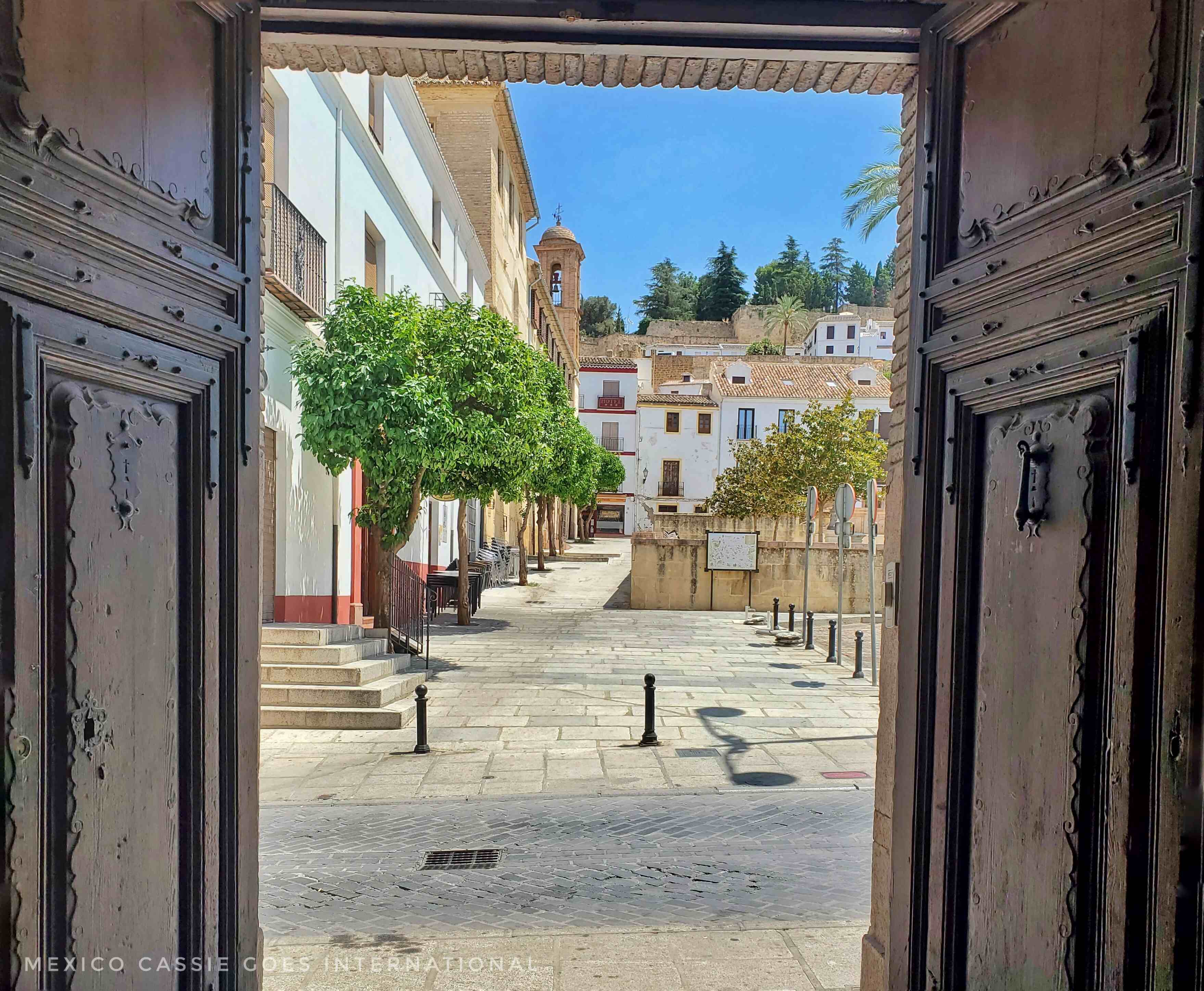
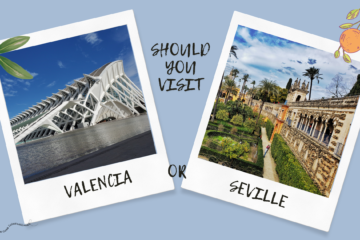
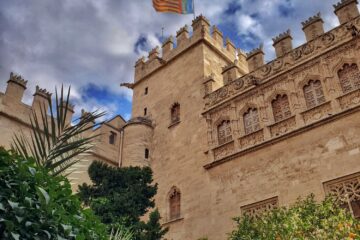
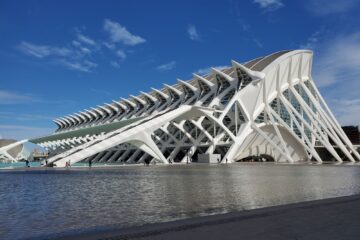
0 Comments